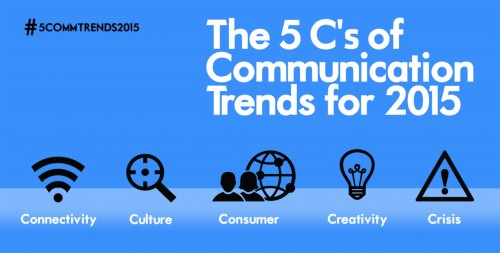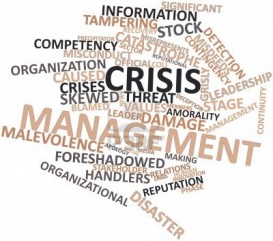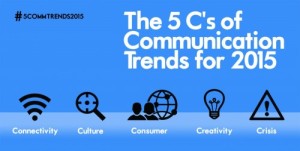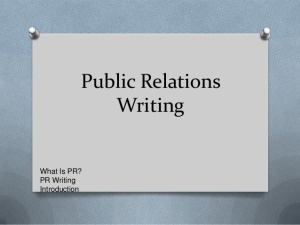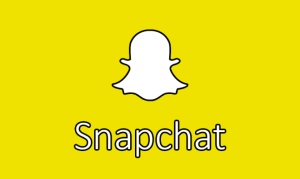Happy Tuesday readers! I hope you are ready to tackle the day and start your week off with some motivation! Today’s post finally concludes the 5 C’s of Communication blog series. Throughout the series I discussed the importance of connecting with an audience, ways to creatively engage an audience, types of consumers to target, and how to handle a business crisis. It’s important to understand all the five C’s in the communication process need to work together so you can successfully communicate with the public.
Culture can be defined many different ways, a basic definition from Merriam-Webster defines culture as “A way of thinking, behaving, or working that exists in a place or organization”. To keep this post short, I am going to focus on the culture of a business and how it can affect the whole communication process. Just keep in mind business culture is very large and can differ from each company, so if you are looking to learn more please read multiple articles and talk to professionals who are more knowledgeable on the subject.
The focus of this post is to understand how culture impacts company decisions. The culture of a business can include: a mission statement, ethics, employee and customer treatment, and the work environment. I will now go in-depth on each of those points.
- Mission Statement
This can be as long or short as the company decides. A mission statement explains the business’s goals and philosophies. This statement is important since it outlines company goals and how they should be achieved. The mission statement shows the business culture and how they conduct business by choosing what they focus on in their statement. - Business Ethics
Ethics are defined as “moral principles that govern a behavior”, they play such a large role in business that there are many local and national organizations whose sole purpose are to explain and enforce business ethics. Companies that have a strong ethical guideline will usually ensure that everything is conducted fairly and honestly. - Treatment of Customers & Employees
The way a company chooses to treat the people who matter to them can show a lot. Treatment can include many things different actions: respect, kindness, honesty, criticize, or insignificance. Companies who treat their customers poorly can not expect repeat sales. While treating their employees poorly can lead to bad advertising because employees can be quick to discuss their anger and frustrations about their job. By treating the people who have a big impact to the company with respect and kindness can go a long way in building strong solid relationships. - Work Environment
The work environment is the area where employees spend their time doing their jobs. So why is this important? Because a successful and positive work environment will help to grow the company into the future. Here are some questions you can ask about the work environment: Does the environment have an open door policy with managers, do they encourage everyone of all levels to speak up with ideas, does people work as a team instead of independently? All of those factors can help to improve the work environment and create positive and happy employees that showcase the company’s culture.
To recap the culture of an environment can help the company grow into the future. A respectful and positive environment guided by a strong mission statement and ethics can help to show employees and customers that they matter.
Thank you all for following the series with me! I had fun writing and researching more in-depth on these topics and I hope it helped you. Comment and like this post with what you enjoyed or your own experiences on this topic. Until next time have a fantastic week!
